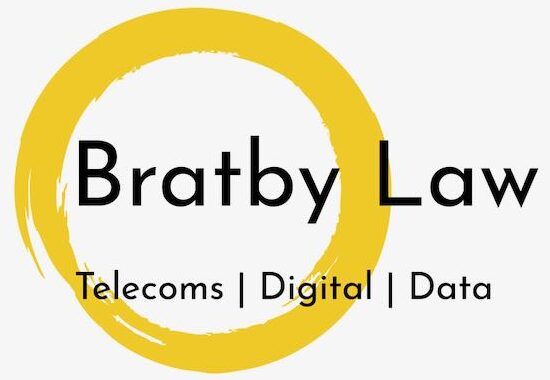Any twitter followers (to follow go to: @rbratby) may have seen my live tweet commentary from the AnalysysMason city briefing last night.
I thought the four speakers were well-informed and authoritative, and their presentations thought-provoking.
The first presentation summarised the results of some cost modelling they had undertaken relating to mobile networks, by reference to a number of scenarios. These included using existing technology, deploying LTE and off-loading increasing amounts of traffic to fixed networks via femtocells and wi-fi. The conclusions were not earth-shatteringly new – current network architectures would become uneconomic as data volumes increased, LTE helped but was expensive and off-load to fixed networks would help mobile cost structures.
The second presentation looked at the demand side of the equation and made the interesting distinction between mobile data by from dongles (currently significant volumes, but low revenue per GB) and mobile data from smartphones (volumes increasing, and higher revenue per GB than dongle traffic). The relative growth rates and revenue characteristics were good news for mobile operators, and the presenter suggested that network deployment, particularly of LTE, should be targeted in dense business areas, on the basis that femtocells and wi-fi handover would predominate in residential areas.
The third speaker looked at the applications that would drive data volumes (in both fixed and mobile). He identified TV, and in particular HDTV, as a key driver – something this Watcher agrees with. This demand would drive NGA investment by incumbent and cable operators, and he highlighted that fixed infrastructure retained a significant cost advantage over mobile infrastructure to deliver HDTV traffic. As a result, TV offerings will become of increasing importance to fixed operators and YouView’s success is critical to the long-term future of BT and TalkTalk, as the broadcasters and telecoms operators compete against each other with bundled multi-play offers.
The fourth speaker brought the first three presentations together to conclude:
- mobile operators needed fixed assets in order to control costs – both backhaul in their networks and end-user connections for deployment of femtocells and wi-fi;
- regulated access to NGA infrastructure was a key issue for mobile operators as it became widely deployed; and
- whilst access to fixed infrastructure could be secured through commercial arrangements, recent activity suggests that we are likely to see more M&A activity with mobile operators acquiring fixed assets.
